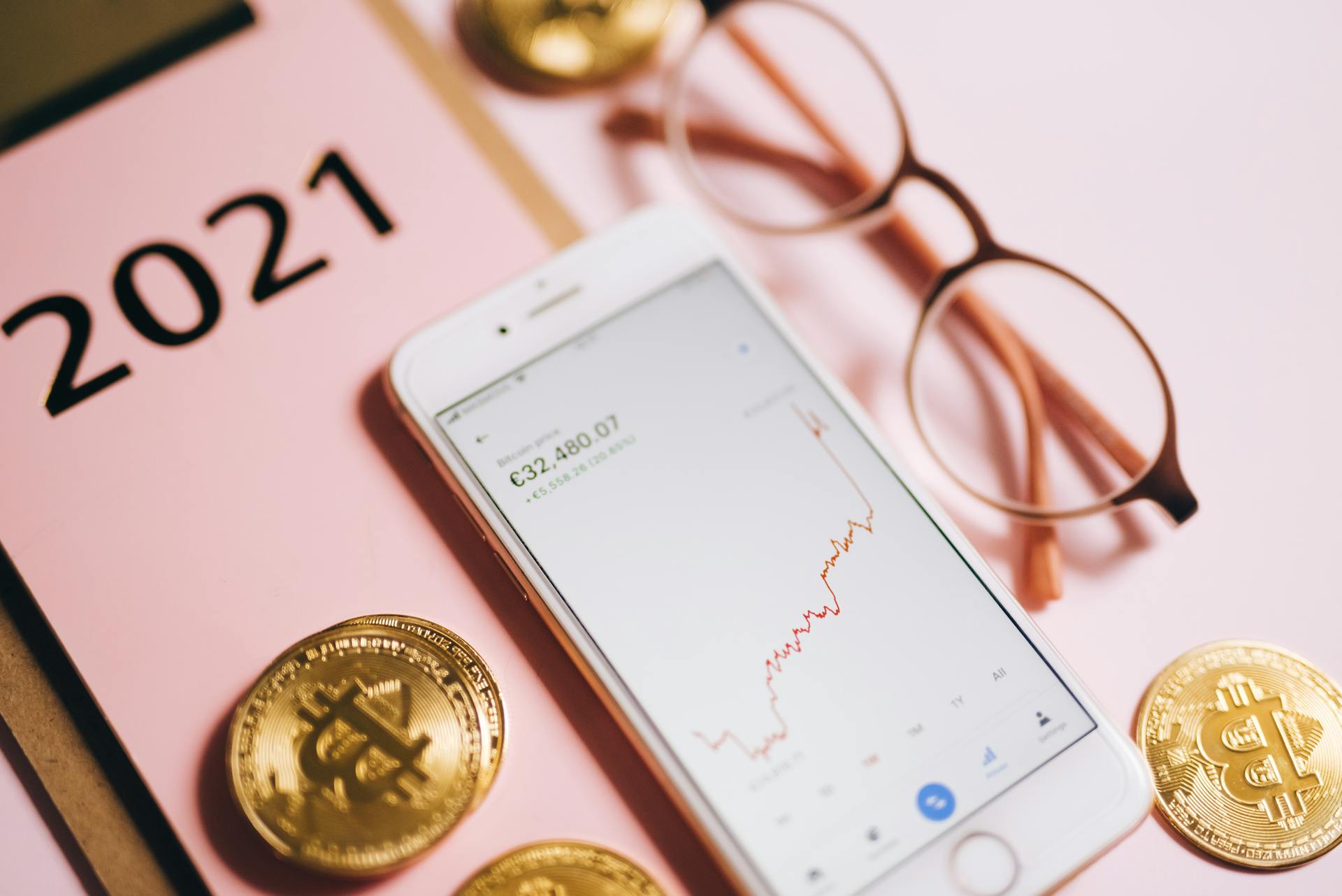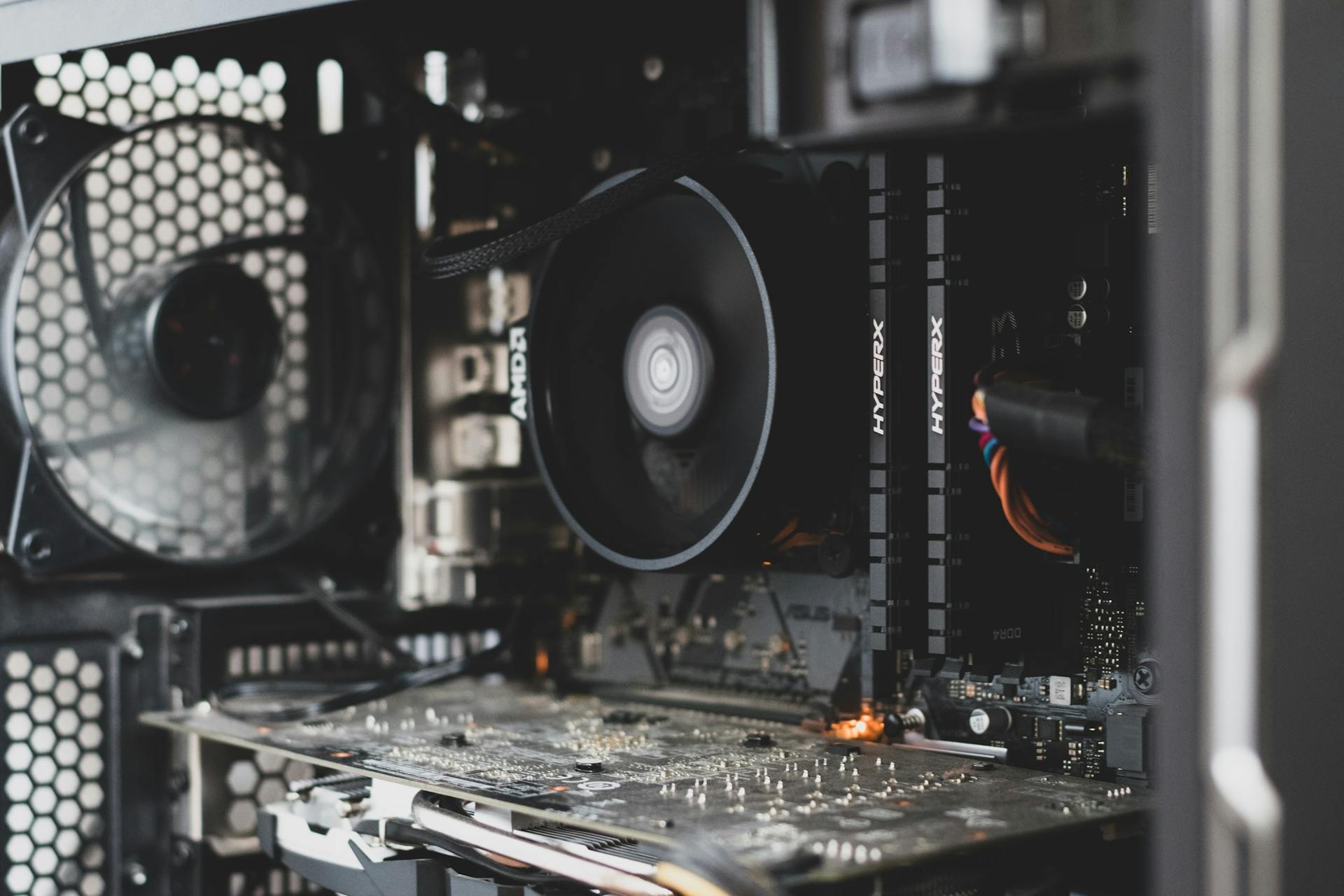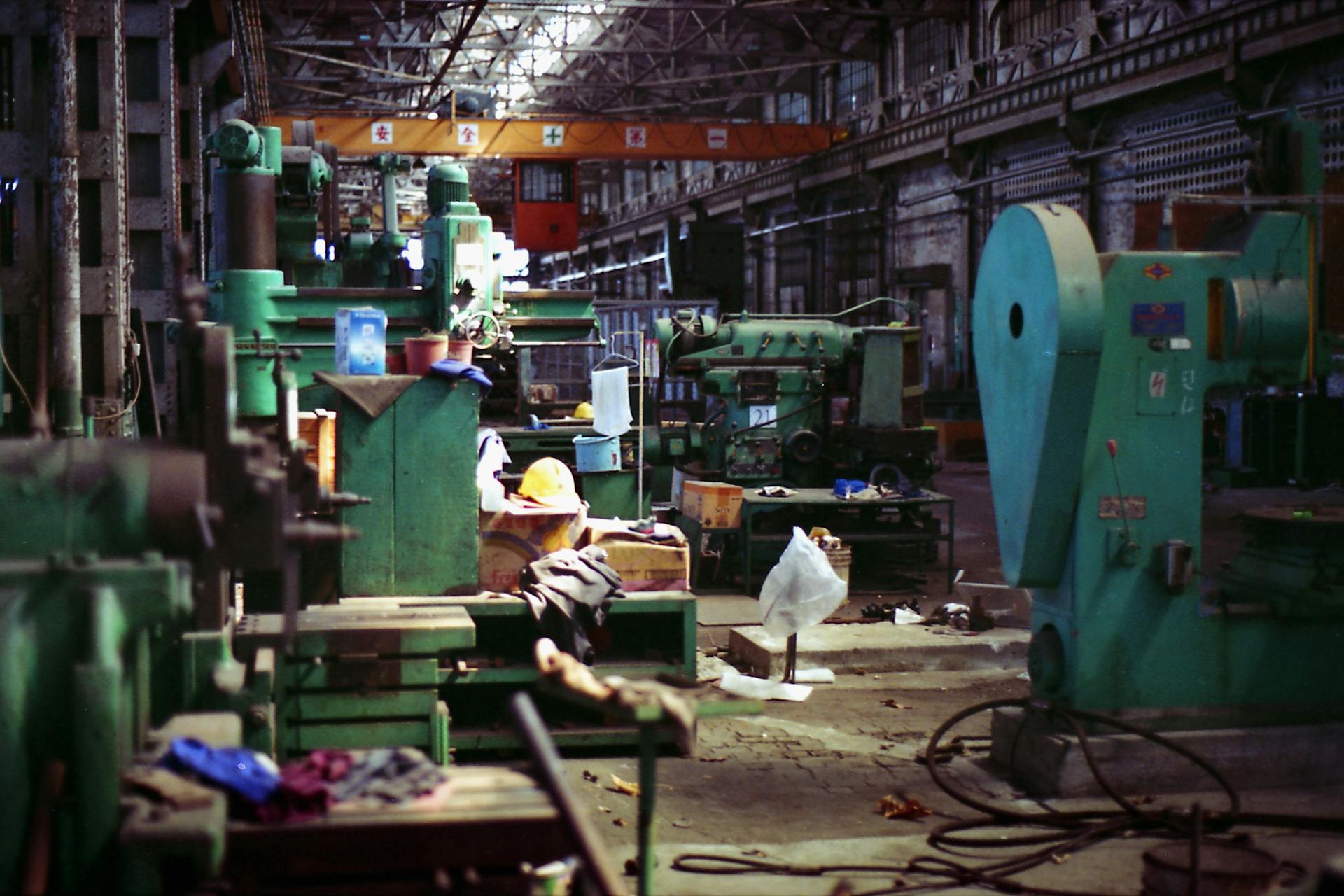
Physical depreciation is a natural process that affects all physical assets, from buildings to equipment. It's a gradual decline in value due to wear and tear, usage, and age.
The rate of depreciation varies depending on the asset's usage and environment. For example, a car left in a garage will depreciate much slower than one driven daily.
Physical depreciation is not the same as economic depreciation, which is a decrease in value due to changes in market conditions. Physical depreciation is a tangible, measurable process that can be observed and recorded.
A common example of physical depreciation is the wear and tear on a building's roof, which can lead to costly repairs or even replacement.
Causes and Types
Physical deterioration is caused by various natural elements, including rain, flooding, snow, wind, earthquakes, hurricanes, and tornadoes. These forces of nature can wear down buildings and properties over time.
Physical depreciation is a result of age, with curable physical depreciation caused by deferred maintenance, such as needed repairs or replacements. Incurable physical depreciation, on the other hand, is the general deterioration of building materials due to the aging of the building.
Physical depreciation can be analyzed in detail by evaluating the condition and expected remaining physical life of each building component. The various forms of depreciation include physical depreciation (curable or incurable), functional depreciation (curable or incurable), and economic depreciation.
What Is Economic Obsolescence
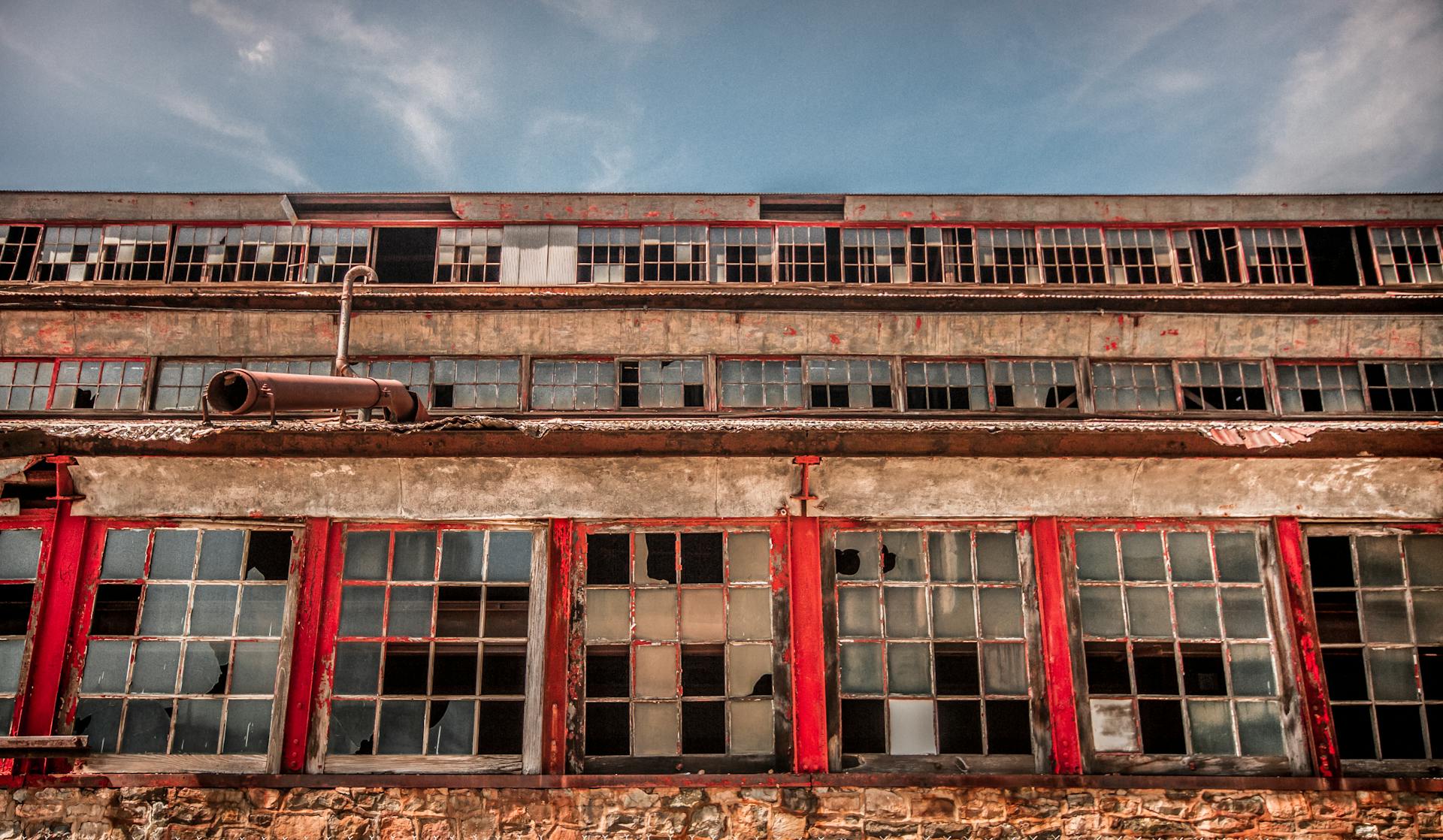
Economic obsolescence refers to the process of a product or technology becoming outdated and less useful due to advancements in its field.
This can happen due to the rapid pace of innovation, where new products and technologies emerge that make older ones seem obsolete.
For example, the invention of the smartphone made pagers and beepers obsolete.
Economic obsolescence can be caused by changes in consumer preferences, such as when a new fashion trend emerges and makes last season's clothes seem outdated.
As a result, companies may struggle to sell their products, leading to financial losses.
In some cases, economic obsolescence can be a deliberate strategy, such as planned obsolescence, where companies design products to have a limited lifespan.
This can be seen in the example of the disposable razor industry, where razors are designed to become dull quickly, forcing consumers to buy new ones.
What Causes It?
Physical deterioration is a natural process that affects buildings over time. It's caused by the aging of building materials, which can be accelerated by external factors like weather, earthquakes, and hurricanes.
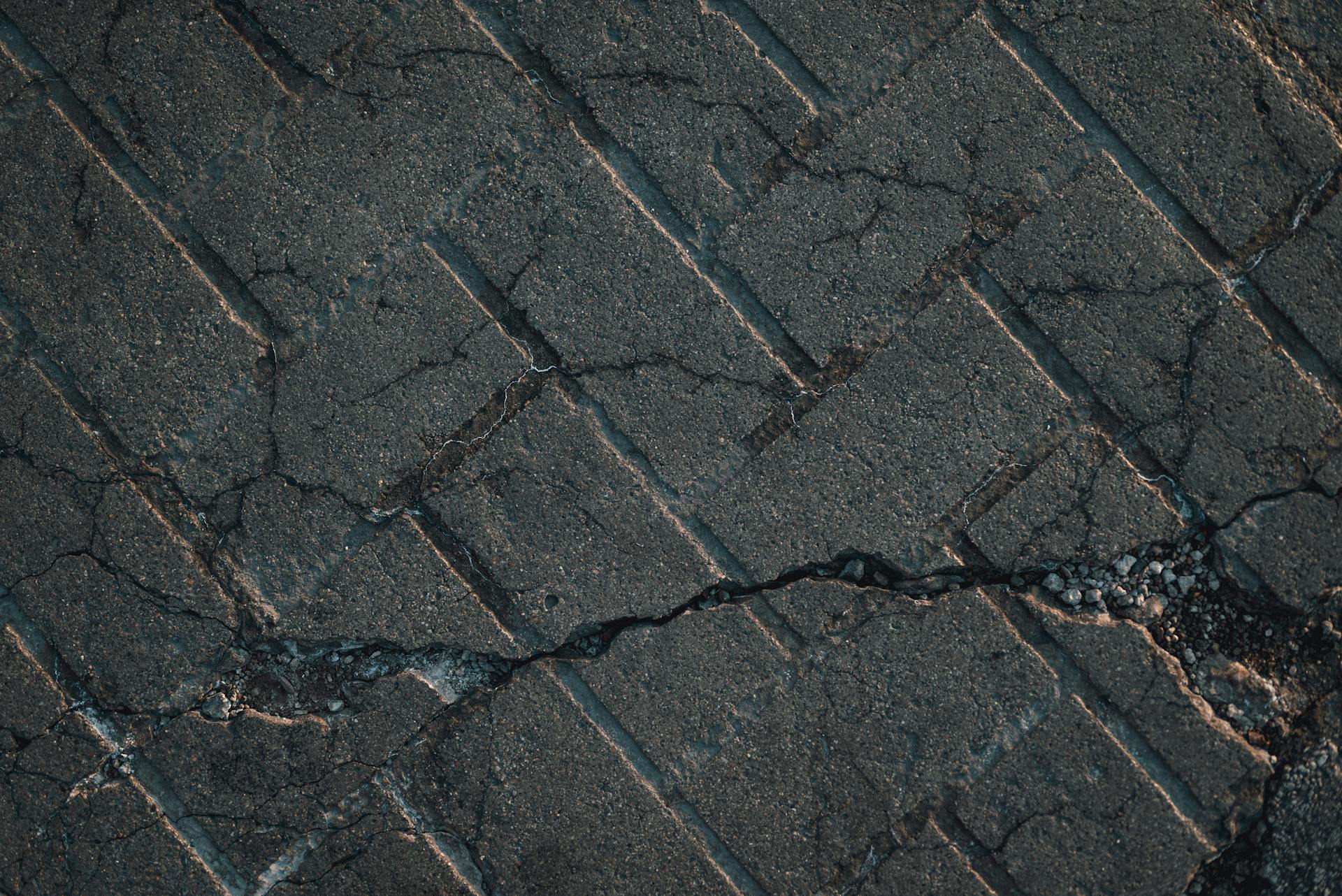
Rain, flooding, snow, wind, and other natural disasters can all contribute to physical deterioration. Buildings can be damaged or destroyed by these events, leading to costly repairs or even complete replacement.
Curable deterioration, on the other hand, is a type of physical deterioration that can be economically repaired. This includes issues like faulty wiring, chipped paint, and loose tiles, which can be fixed with relatively low costs.
Here are some examples of curable deterioration and their respective fixes:
- Repairing any heating, cooling systems, or air conditioning issues
- Updating specific construction materials
- Dealing with roof restorations
- Dealing with chipped paint
- Fixing faulty wiring
- Fixing loose tiles
Incurable deterioration, however, is a more serious issue that cannot be economically repaired. This includes problems like smoke damage, broken foundations, and severe termite damage, which can render a building unusable.
Determining Physical Depreciation
Determining physical depreciation is a crucial step in understanding the value of your assets. It requires evaluating the asset's expected useful life, which is the estimated duration over which it will provide value to the business.
Industry standards, technological advancements, and maintenance practices should be considered when determining the useful life of an asset. This serves as a benchmark for measuring physical deterioration.
Intriguing read: Aditya Birla Sun Life Asset Management
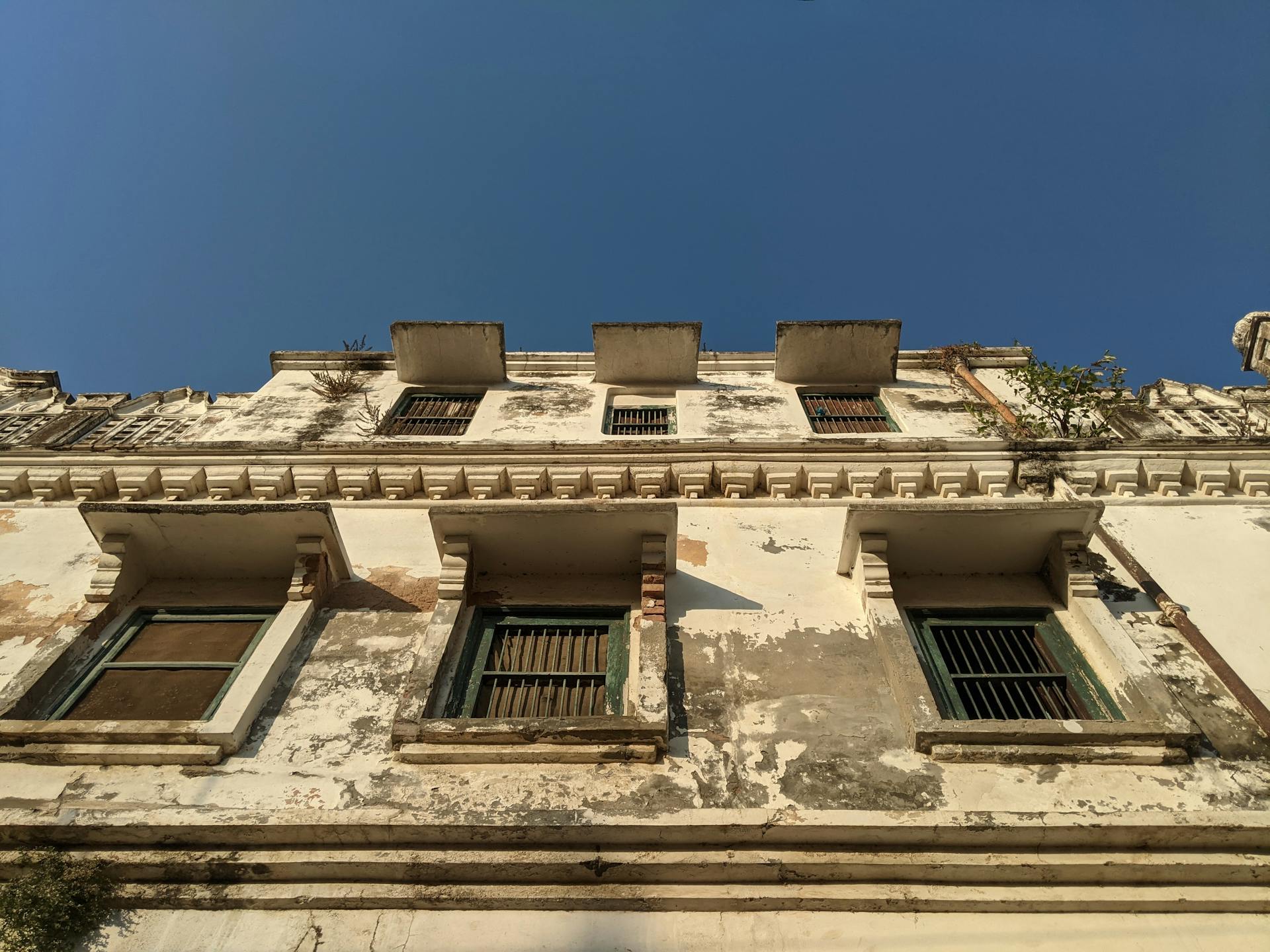
Regular inspections are essential for assessing the condition of assets and identifying signs of physical deterioration. Inspection schedules may vary depending on the nature of the asset and its usage patterns.
Maintenance and repair records are invaluable when assessing physical deterioration, as they provide insights into the frequency and extent of maintenance activities performed on the asset. They can help identify any chronic issues or patterns of wear and tear.
Environmental conditions can significantly impact physical deterioration, with assets exposed to harsh climates, temperature fluctuations, humidity, chemicals, or heavy usage being more prone to wear and tear. Implementing protective coatings or regular cleaning can help minimize deterioration caused by environmental influences.
Several tools and techniques can assist in determining physical deterioration, including sensors that monitor asset performance and detect abnormalities or changes that indicate deterioration. Specialized software can also track maintenance schedules, generate condition reports, and calculate depreciation.
A unique perspective: Ally Bank Assets
Frequently Asked Questions
What is an example of physical depreciation?
Physical depreciation can be seen in a worn-out carpet or faded paint, which are common signs of a property's age and wear. These examples illustrate how physical depreciation occurs over time due to various factors.
What are the three types of depreciation?
There are three main types of depreciation: physical, functional, and economic, which affect a business' personal property assessments in different ways. Understanding these types of depreciation is crucial for accurate property valuation and tax purposes.
What is the difference between functional and physical depreciation?
Functional depreciation refers to the decline in an asset's usefulness due to technological changes or obsolescence, while physical depreciation is the decline in an asset's physical condition and value due to wear and tear or age. In essence, one affects its utility, the other its appearance.
Sources
- https://www.lawinsider.com/dictionary/physical-depreciation
- https://twia.msbcommercial.com/Help/Content/Knowledge/Information/Depreciation_Overview.htm
- https://realestatelicensewizard.com/physical-deterioration/
- https://icsappraisals.com/equipment-appraisals/determining-physical-deterioration-for-asset-depreciation/
- https://testbook.com/question-answer/decline-in-properties-valuation-due-to-physical-de--6695ea6babe3c8fed92b1fba
Featured Images: pexels.com
